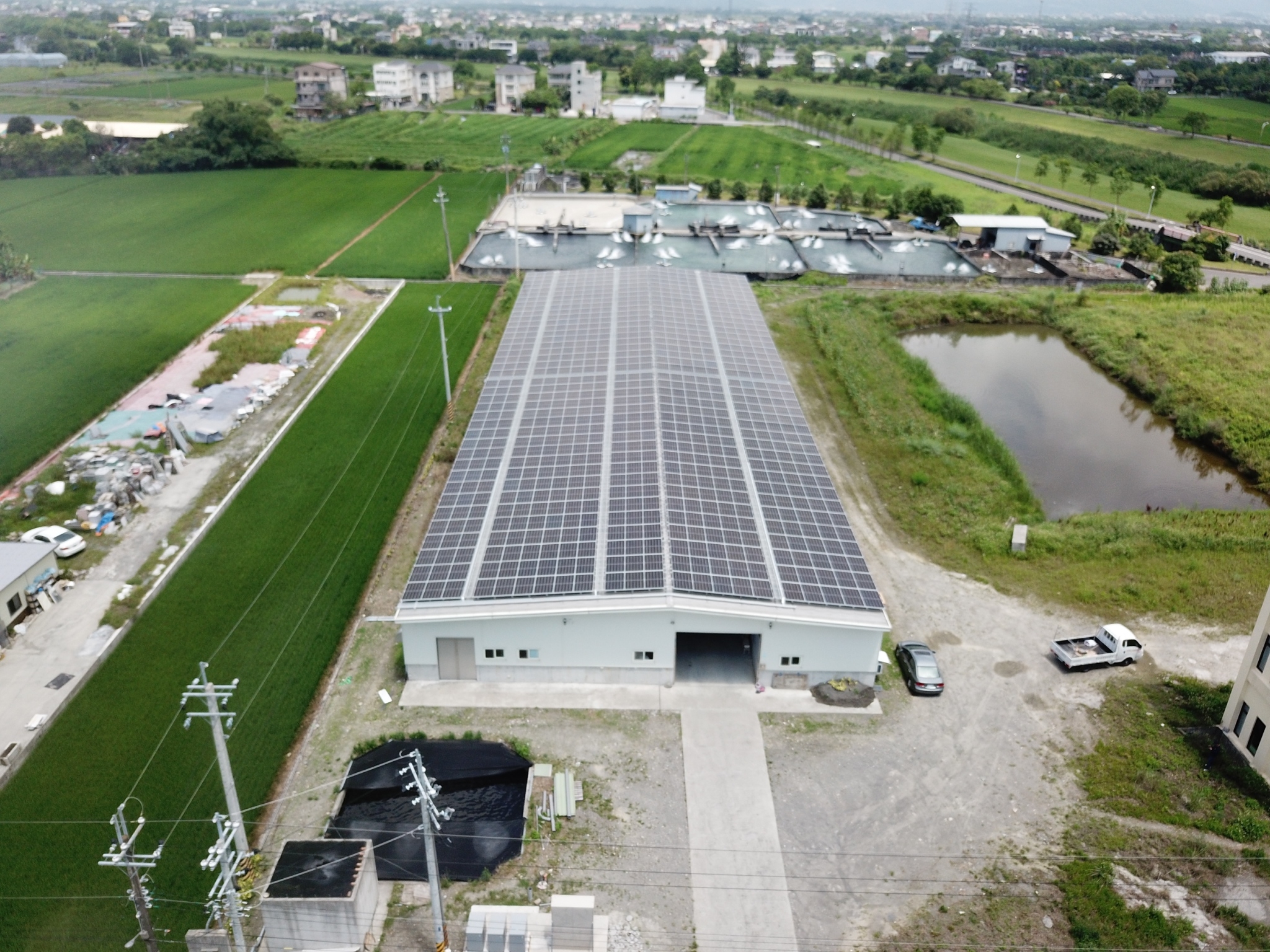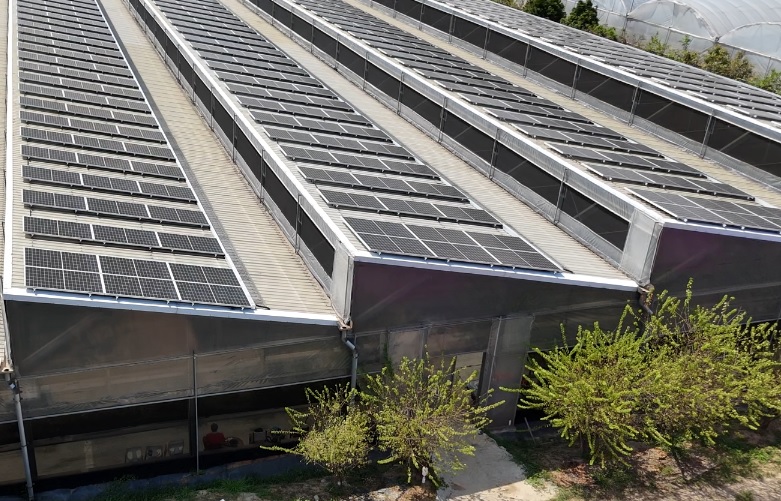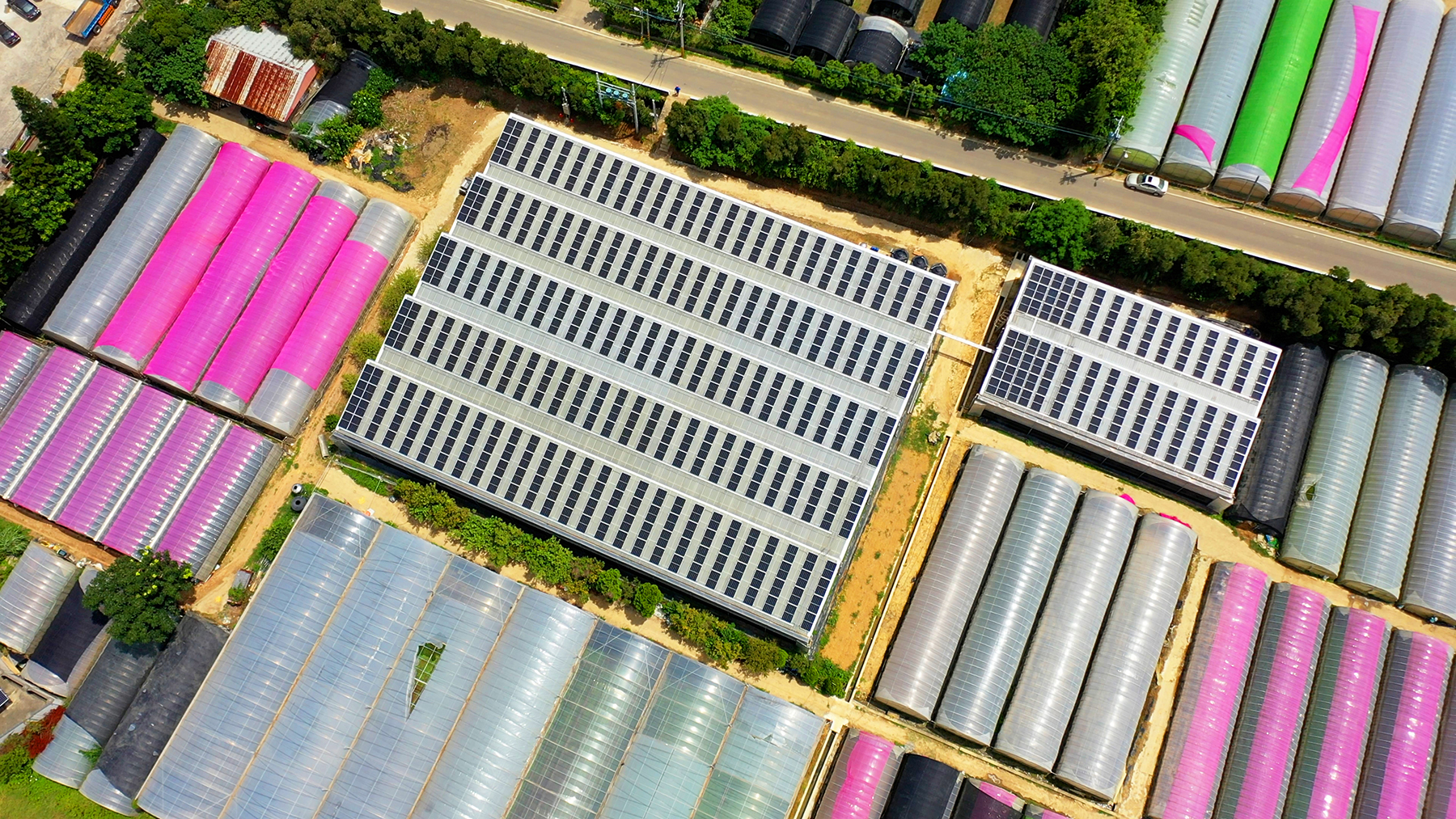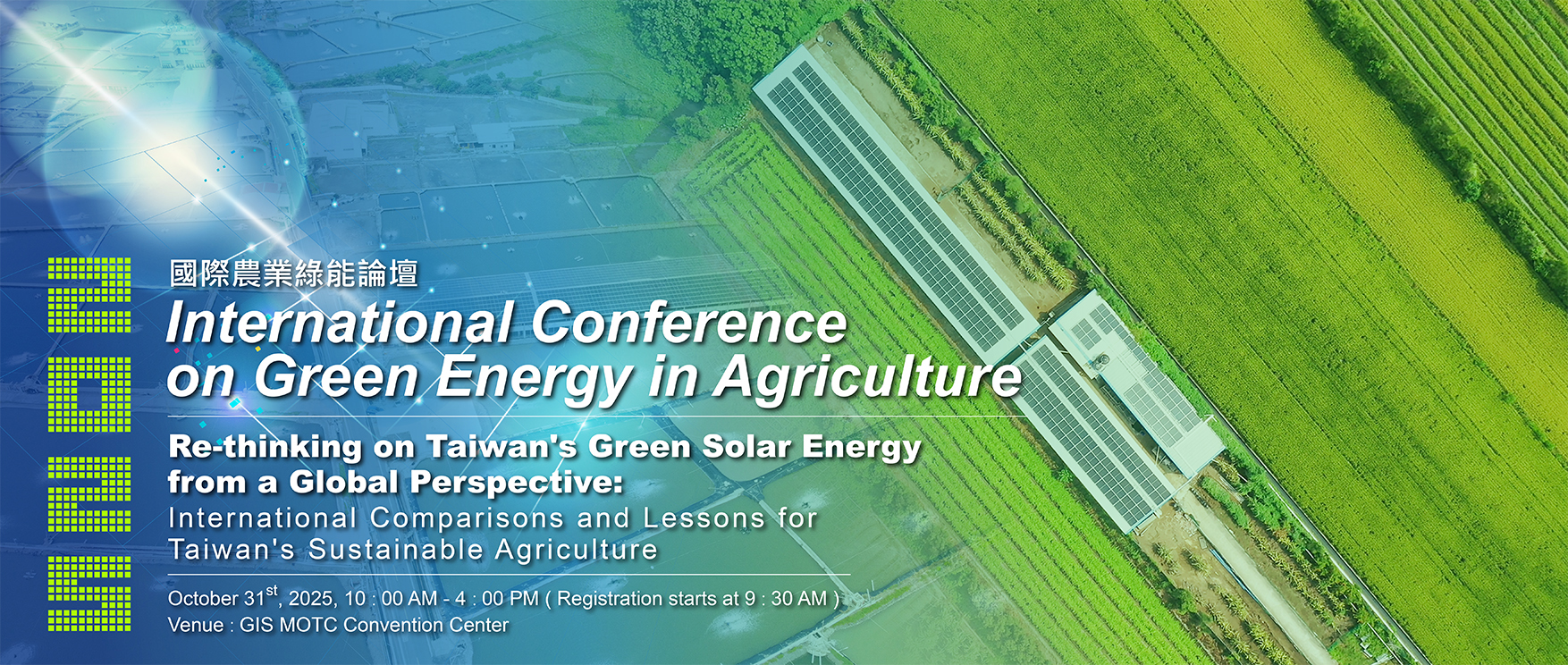
2022_age_banner_3-1
Introduction to Taiwan
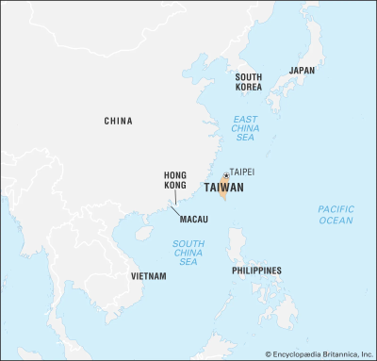 Taiwan, historically referred to as Formosa, is an island located in East Asia, off the southeastern coast of the Asian continent. It is geographically positioned between the Pacific Ocean, the East China Sea, the Taiwan Strait, and the South China Sea. With a land area of approximately 36,000 square kilometers, Taiwan is characterized by its mountainous terrain and fertile plains, particularly along the western region.
Taiwan, historically referred to as Formosa, is an island located in East Asia, off the southeastern coast of the Asian continent. It is geographically positioned between the Pacific Ocean, the East China Sea, the Taiwan Strait, and the South China Sea. With a land area of approximately 36,000 square kilometers, Taiwan is characterized by its mountainous terrain and fertile plains, particularly along the western region.
The island experiences a subtropical climate influenced by the East Asian monsoon. The average annual temperature is approximately 23.9°C (75°F). Summers, from June to September, are typically hot and humid, with temperatures ranging from 30°C to 32°C (86–89.6°F), while winters, from November to March, are generally mild, with temperatures between 18°C and 22°C (64–72°F). Annual precipitation is abundant, particularly from May to October, due to seasonal plum rains, typhoons, and tropical storms.
With a population of around 23 million, Taiwan is undergoing significant demographic shifts, including rapid urbanization and population aging. It is projected that by 2025, more than 20% of the population will be aged 65 or obove, categorizing Taiwan as a super-aged society. Urban centers continue to expand as residents move from rural areas in pursuit of improved economic and social opportunities.
Taiwan's economy is highly developed and export-oriented, driven by advanced manufacturing, high-tech industries, particularly in the semiconductor sector. Although agriculture continues to play a role—especially in rural communities—urbanization and industrial development are prominent features of Taiwan's economic landscape.
Together, these geographic, climatic, demographic, and economic dynamics collectively shape Taiwan's unique landscape and socio-economic structure, presenting both challenges and opportunities for sustainable development and international cooperation.
Current State of Green Energy in Taiwanese Agriculture
To achieve net-zero emissions and build a low-carbon, sustainable society, the Taiwan Government has incorporated green energy development into national core policies and promote the application of renewable energy sources such as solar energy, wind power, and biogas. The Ministry of Agriculture has aligned with the Renewable Energy Development Act by revising the "Regulations for Examining the Application of Structuring Farming Facilities on Agricultural Land," officially including solar energy facilities within the green energy framework. This promotes the integration of green energy installations while preserving agricultural development and operations, facilitating the transformation of agriculture and fisheries and increasing economic returns.
Futhermore, The Ministry of Agriculture continues promoting the installation of floating and ground-mounted solar photovoltaic systems in agricultural water bodies, such as ponds and irrigation channels, to maximize land use efficiency. Additionally, it advances policies for the resource utilization of livestock farm waste, promoting the reuse of biogas generated from the treatment of pig manure to achieve the goals of carbon reduction, energy diversification, and environmental sustainability.
Guided by the principle of 'Rooted in Agriculture, Empowered by Green Energy,' Taiwan is progressively developing diverse models, including agrivoltaics, fishery-solar integration, water-based photovoltaics, and livestock-solar integration. These models highlight the collaboration between agriculture and renewable energy, as well as the diversity and potential of Taiwan's green energy.
Futhermore, The Ministry of Agriculture continues promoting the installation of floating and ground-mounted solar photovoltaic systems in agricultural water bodies, such as ponds and irrigation channels, to maximize land use efficiency. Additionally, it advances policies for the resource utilization of livestock farm waste, promoting the reuse of biogas generated from the treatment of pig manure to achieve the goals of carbon reduction, energy diversification, and environmental sustainability.
Guided by the principle of 'Rooted in Agriculture, Empowered by Green Energy,' Taiwan is progressively developing diverse models, including agrivoltaics, fishery-solar integration, water-based photovoltaics, and livestock-solar integration. These models highlight the collaboration between agriculture and renewable energy, as well as the diversity and potential of Taiwan's green energy.
